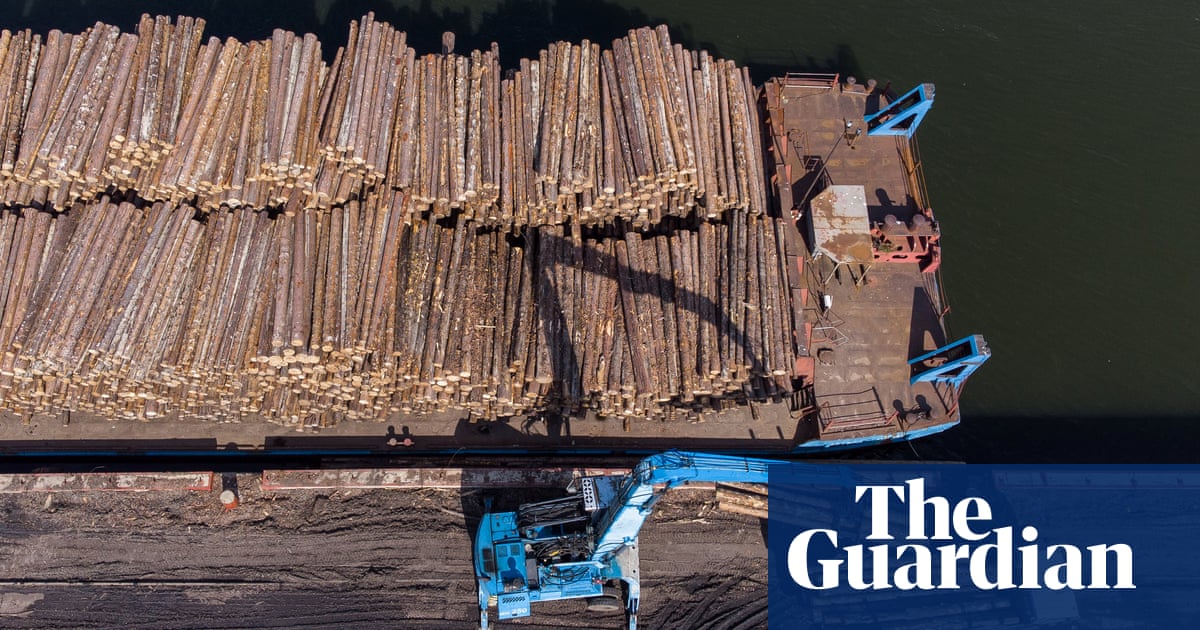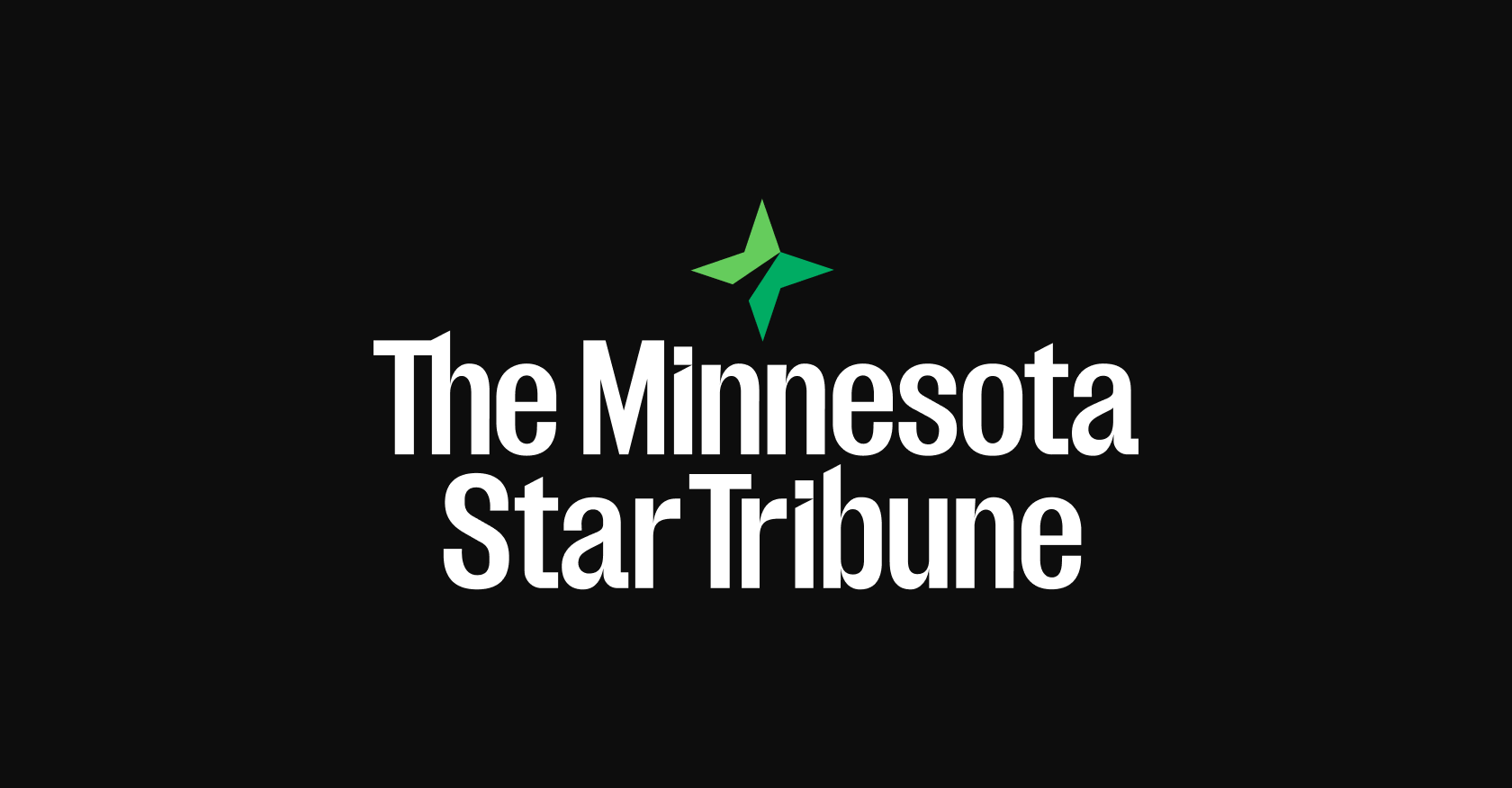Misidentified Birch Wood Raises Concerns Over Sanctioned Timber Entering U.S. Market
WASHINGTON — A new analysis indicates that a significant portion of birch wood certified by leading sustainability schemes is misidentified, raising concerns that illegally sourced timber from Russia and Belarus might potentially be entering the United States despite sanctions.
The study, conducted by World Forest ID, a consortium of research organizations including Kew Gardens and the World Resources Institute, scrutinized the accuracy of origin claims on birch products certified by the Forest Stewardship Council (FSC) and program for the Endorsement of Forest Certification (PEFC). Researchers found that 46% of certified samples did not originate from the country of origin stated on the label.
The birch samples, commonly used in furniture, kitchen panels, and musical instruments, were labeled as originating in Ukraine, Poland, Estonia, and latvia. However, testing using the wood’s unique “chemical fingerprint” revealed the discrepancies. while the tests did not pinpoint the actual origin, experts suggest Russia and Belarus as the most likely sources.
“Where else coudl it be from?” asked David Hopkins, chief executive of timber Advancement UK, the industry’s trade association.
Hopkins noted that birch trees are commercially grown and processed across northern Europe, including russia and Belarus. Following Russia’s invasion of Ukraine, imports of Russian and Belarusian plywood and timber products became illegal in the U.S. and other Western countries due to sanctions aimed at crippling the Russian economy.
“There’s a small number of companies that produce this stuff legally,” Hopkins said. “The birch trees that are in Finland are being taken up by a small number of sawmills producing birch plywood.” He added that while some birch comes “from the Baltics and Scandinavia… the bulk of it is indeed going to be from Russia, putting money through the Russian economy and breaching sanctions while you are doing it.”
The FSC and PEFC are the world’s leading timber certification schemes, designed to promote sustainable forest management and prevent deforestation. after the invasion of Ukraine, both organizations suspended certification for timber from Russia and Belarus. PEFC classified timber from both countries as “conflict timber,” prohibiting its certification.
Despite these measures, the World forest ID analysis, partially funded by the FSC, revealed that nearly half of the sampled wood with FSC or PEFC certification had inaccurate harvest claims. While the sample size was relatively small,the report highlights potential shortcomings in existing oversight mechanisms.
Researchers employed stable isotope ratio analysis to test the wood,comparing the chemical makeup of the birch samples with a reference database from across northern and eastern Europe. Variations in light, soil, and water conditions create distinct chemical markers that allow scientists to estimate the geographic origin.
Jade Saunders, executive director of World Forest ID, emphasized the need for enhanced traceability measures. “The UK has been a leader in sanctions and trade laws and certification schemes but they are only as good as the tools with which they are implemented.” She added, “Chemical traceability is a whole new way of thinking about what is really in our supply chains. We know we can only solve problems if we can see them, and in this study we saw them very clearly, so it is time for the government and guardians of supply-chain integrity to step up and start solving.”
The FSC stated that it takes any indication of potential fraud seriously and welcomed the World Forest ID research, adding that it was actively investing in new techniques to ensure reliability in supply chains. It noted that it did not have access to the names of companies that provided samples confidentially.
The PEFC said the findings needed to be placed in context and that only 14% of the samples were associated with their certification. It said generalisations about the overall effectiveness of their sustainability schemes should not be made from the analysis.
The report raises questions about the overall reliability of current certification systems, which are the primary means by which companies source sustainable wood, avoiding contribution to the destruction of rainforests and other biodiverse environments.
Leaky sanctions and Increased Scrutiny
Since Russia’s invasion of Ukraine in 2022, recorded exports of Russian birch to European countries and the U.S. have decreased significantly. However, trade data indicates that exports from countries like Kazakhstan and Turkey have risen substantially, according to UN trade statistics.
In the case of Kazakhstan, exports of plywood jumped from 600 tonnes in 2021 to 25,600 tonnes in 2022. This surge raises concerns about the potential for sanctioned Russian timber to be rerouted through these countries to circumvent import restrictions.
in January,the environmental organization Earthsight published an investigation into birch-wood laundering,finding that a network of organizations had found a way to avoid European sanctions,with 20 container-loads of wood continuing to arrive every day. The Russian military and oligarchs close to Vladimir Putin profit directly from the sale of the timber, according to the report.
“Timber is a big export for Russia; it was a big revenue earner prior to the conflict that is less well known than gas and oil,” said Sam Lawson,founding director of Earthsight.
Lawson asserts, “The EU and UK have banned all imports of Russian and belarusian wood, including products made with them. Our investigation found that those sanctions are being flouted on a massive scale.”
“We concluded that over €1.5bn [£1.3bn] worth of illegal sanctions – blood timber, basically – has entered Europe since the sanctions took effect in 2022. A lot of the birch plywood that people were using in their kitchens, and for trendy furniture and stuff, prior to the conflict was being imported from Russia or belarus. That wood is still managing to get to Europe,” he said.The U.S. market is not immune to these concerns. While official import data may show a decline in direct imports from Russia and Belarus, experts warn that the potential for timber laundering through other countries remains a significant risk.
Recent data from the U.S. International Trade Commission shows that plywood imports from Kazakhstan have also increased, though not as dramatically as in Europe. This suggests a potential,though not definitive,parallel trend in the U.S.
The U.S. government has signaled increased scrutiny of timber imports to ensure compliance with sanctions and the Lacey Act.In march 2025, U.S. Customs and Border Protection (CBP) issued a withhold release order on certain wood products from a Chinese manufacturer suspected of using illegally logged timber from Russia, demonstrating a commitment to enforcing timber regulations.
Counterargument: Certification as a Guarantee
One argument in favor of relying on certification schemes is that they provide a robust framework for ensuring sustainable and legal timber sourcing. Proponents argue that while isolated incidents of mislabeling may occur, the overall system is effective in preventing widespread illegal logging and promoting responsible forest management.
However, the World Forest ID study challenges this view, suggesting that reliance on certification alone may not be sufficient to guarantee the origin and legality of timber products. The study’s findings highlight the need for enhanced traceability measures, such as chemical fingerprinting, to complement existing certification schemes.
FAQ: Birch Wood Sourcing and Sanctions
Q: What is “conflict timber”?
A: “Conflict timber” refers to timber that is harvested or traded in areas affected by armed conflict, where the proceeds from the trade are used to finance or benefit armed groups.
Q: How can I tell if furniture is made from birch wood?
A: Birch wood is a light-colored hardwood with a fine grain. look for labels or descriptions that specify birch or birch plywood.
Q: Are all FSC-certified wood products guaranteed to be legally sourced?
A: While FSC certification aims to ensure legal and sustainable sourcing, the World Forest ID study suggests that mislabeling can occur. Consumers should be aware of this possibility and consider asking retailers for additional data about the origin of the wood.
Q: what is the U.S. government doing to address illegal timber imports?
A: The U.S. government enforces the Lacey Act, which prohibits the import of illegally sourced timber. U.S. Customs and Border Protection (CBP) also issues withhold release orders on products suspected of violating timber regulations.
Q: Where can consumers find responsibly sourced wood products?
A: Look for products certified by reputable organizations like the Forest Stewardship Council (FSC) or the Programme for the Endorsement of Forest Certification (PEFC). Support companies that are committed to transparency and responsible sourcing practices.
What methods are commonly used to launder timber, notably in cases involving birch wood sourced from countries facing sanctions?
Interview: Unpacking the Birch Wood Scandal: Expert Insight on Sanctions, Supply Chains, and the U.S. Market
Hello, and welcome to Archyde. Today, we delve into a pressing issue: potentially misidentified birch wood entering the U.S. market, raising concerns about sanctions violations. With us today is Ms. Anya Petrova, a leading expert in enduring forestry and supply chain integrity from the Global Timber Compliance Initiative. Ms. Petrova, thank you for joining us.
Misidentified Birch Wood – What’s at Stake?
Archyde: Ms. Petrova,recent reports highlight that nearly half of birch wood samples,certified by sustainability schemes,were inaccurately labeled regarding their origin.What’s the significance of this, and what does it mean for consumers and the U.S. market?
Anya Petrova: Thank you for having me. This is a critical issue. The study by World Forest ID exposes potential weaknesses in the supply chain, potentially allowing illegally sourced timber from Russia and Belarus into the U.S. market. For American consumers, it means that the furniture or musical instrument they believe to be sustainably sourced might actually be contributing, indirectly, to activities that are against global mandates and the values we want to support.
The Challenge of Certification and Traceability
Archyde: The Forest Stewardship Council (FSC) and Program for the Endorsement of Forest Certification (PEFC) are the gold standards to promote sustainable forest management. given these mislabeling findings, what’s the current status of these certification schemes??
Anya Petrova: Certification schemes are a robust start, but clearly, more measures are needed. The study suggests that the current reliance on paper trails alone may not be enough. Advanced methods, such as chemical fingerprinting, are gaining traction. They offer a deeper level of traceability and can definitely help confirm the origin of timber.
Archyde: Precisely, the study utilizes chemical fingerprinting. how effective is this method?
Anya petrova: Chemical fingerprinting identifies the unique environmental factors of the tree’s origin and offers a whole new level of accuracy. While not foolproof, it significantly raises the bar for those attempting to circumvent sanctions and smuggle illegal timber into the supply chain.
Sanctions Evasion: A growing Concern
Archyde: Reports indicate that exports from countries like Kazakhstan and Turkey have increased instead of the previously banned birch wood. What are the primary methods used with timber laundering?
Anya Petrova: this is a meaningful red flag.Timber laundering frequently enough involves re-routing goods from the source country through third-party nations to obfuscate origin.Sometimes, the product may be falsely labeled. Accurate and updated trade data and closer scrutiny of exports from countries bordering Russia and Belarus are essential to identify such activities.
Navigating the Timber Supply Chain
Archyde: For American consumers wanting assuredly sourced wood products, what steps can be taken?
Anya Petrova: Demand clarity. Ask retailers specifically about the origin of the wood and the certification it holds. Although FSC and PEFC are reputable, do a bit more homework. Support companies committed to transparency.If you can, seek products made in countries known for upholding stringent timber sourcing standards.Consumers are a huge proponent of ensuring sustainable forestry practices by asking these questions.
The Role of Government and Industry
Archyde: What responsibilities do the U.S. government authorities,such as U.S. Customs and Border Protection (CBP), have in tackling these issues?
Anya Petrova: The government has a crucial role in enforcing regulations like the Lacey Act, which prohibits the import of illegally sourced timber. CBP plays a crucial role with it’s ability to impose withhold-release orders. However, government needs to work alongside industry to build strong collaborative and thorough enforcement.
Moving Forward
Archyde: What’s the biggest challenge in protecting the legal status of birch wood from Russia and Belarus?
anya Petrova: The complexity of the supply chain and the sophistication of those trying to exploit it. We need a multifaceted approach that merges certification, advanced traceability, and increased government oversight and industry collaboration.
A final thought from Anya Petrova
Anya Petrova: It’s a shared duty. Consumers can make decisions. The government must enforce compliance. The industry must adopt the best traceability practices and provide greater transparency. Only with this collaborative effort can we ensure that the market is in compliance with the legislation, the ethics and the environment.
Thank you,Ms.Petrova, for your valuable insights.
Archyde: Thank you for joining us at Archyde. We hope our viewers have a better understanding of the challenges associated with birchwood and how to navigate the world of responsibly sourced timber. Now, we here some of your thoughts in the comment section below.







